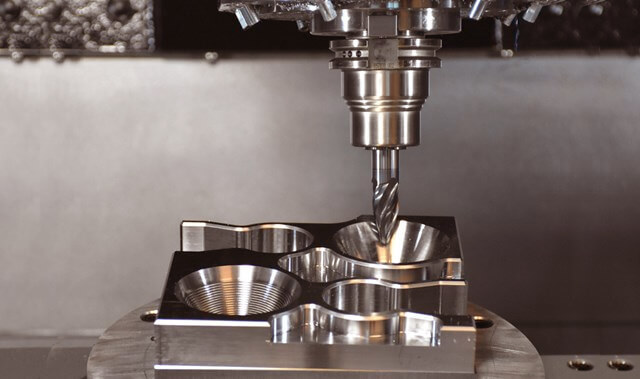Classification of machining centers and their application fields
Release time:
Mar 21,2025
Understand the classification of machining centers and their application fields. Learn more about intelligent manufacturing solutions from WUXI RUIEN TECHNOLOGY CO.,LTD
Machining centers are pivotal in modern manufacturing, providing a versatile platform for precision machining operations. These automated machines are essential for achieving high efficiency and accuracy in the fabrication of complex components across various industries. As we delve into the classification of machining centers, it is crucial to understand their distinctive types and the specific application fields they cater to.
Classification of Machining Centers
1. Vertical Machining Centers (VMC):
Vertical machining centers feature a vertically oriented spindle and are widely used for machining parts with complex geometries. The vertical arrangement allows for easy access to the workpiece, making VMCs suitable for operations such as milling, drilling, and tapping. Industries such as aerospace, automotive, and mold making frequently utilize VMCs for their capabilities in producing intricate details.
2. Horizontal Machining Centers (HMC):
In contrast to vertical centers, horizontal machining centers have a horizontally oriented spindle. This design minimizes the tool weight and offers better chip removal, enhancing productivity. HMCs are particularly advantageous for high-volume production of medium to large parts, especially in the automotive and heavy machinery sectors. Their ability to accommodate multiple fixtures and tools makes them ideal for complex machining tasks.
3. CNC lathe:
CNC lathes, are specialized machining centers that rotate the workpiece against a stationary cutting tool. These machines excel in producing cylindrical parts with precision, making them indispensable in industries such as manufacturing, aerospace, and medical equipment. CNC turning machines enable high-speed operations, reducing cycle times while maintaining exceptional accuracy.
4. Multi-Tasking Machining Centers:
Multi-tasking machining centers combine the functions of milling, turning, and other processes into a single machine. This flexibility reduces the need for multiple setups and streamlines production workflows. Industries benefiting from these advanced machining centers include aerospace and automotive, where time-to-market and adaptability are crucial.
5. 5-Axis Machining Centers:
5-axis machining centers allow for simultaneous movement along five different axes, enabling the production of intricate parts with complex geometries. This capability is particularly valuable in industries such as aerospace, where components require precision and the ability to work from various angles without repositioning the workpiece.
Application Fields
Machining centers find applications across a wide range of fields due to their versatility and precision. Key application areas include:
- Aerospace:Machining centers are integral in the production of aircraft components, where precision and material integrity are paramount.
- Automotive:From engine components to transmission parts, the automotive industry relies heavily on machining centers for mass production and precision engineering.
- Medical Devices:The medical industry utilizes CNC machines for manufacturing surgical instruments and implants, where high precision is required.
- Electronics: Machining centers are used to create housings, connectors, and other components critical to electronic devices.
- Tool and Die Making:The production of molds and dies for various manufacturing processes often employs both vertical and horizontal machining centers.
At WUXI RUIEN, we specialize in providing high-quality machining centers tailored to meet the specific needs of diverse industries. Our commitment to innovation and precision ensures that our clients can achieve their manufacturing goals efficiently. By understanding the classifications and applications of machining centers, manufacturers can make informed decisions that enhance their operational capabilities and product quality.







